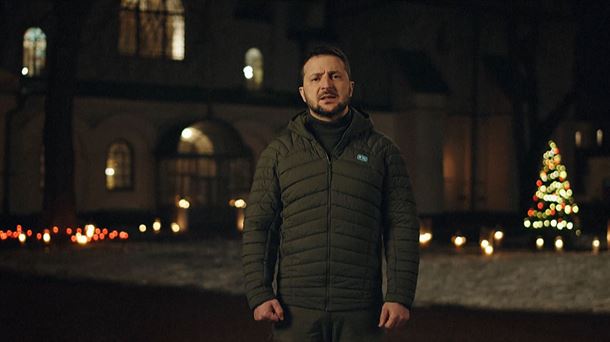Archaeologists were able to trace the pathogen of the plague (Yersinia pestis) in the remains of two young men found in 2018 during road construction work. At about 4,000 years old, they are by far the oldest plague victims in what is now Austria. Until now, the earliest evidence came from the Middle Ages. Researchers are now reporting on the astonishing findings on the Early Bronze Age finds in the journal “Archaeologia Austriaca”.
The cemetery in the north of Lower Austria was discovered during construction work for the A5 northern bypass near Drasenhofen. 22 graves were subsequently uncovered and documented. In collaboration with colleagues from the Max Planck Institute for Evolutionary Anthropology in Leipzig, the archaeologist Katharina Rebay-Salisbury from the Austrian Archaeological Institute (ÖAI) of the Academy of Sciences (ÖAW), who also works at the University of Vienna, and her team wanted to know in which family relationships relations between the deceased. The researcher has been working for years in a project funded by the European Research Council (ERC), mainly on motherhood and child rearing in prehistoric societies.
Plague pathogen found in DNA
To clarify the relationship between the deceased, the scientists took samples from the teeth, where in many cases genetic remains can remain for a very long time. However, the analyzes found not only human DNA, but also that of the plague pathogen. The remains of the bacteria were discovered in two men who, according to the new analyses, were between the ages of 23 and 30 and 22 and 27 when they died, the scientists write in their work.
People were already aware of the risk of infection at that time
The two lay on the edge of the cemetery. From this, the scientists conclude that the people at the time knew well that the two died of an infectious disease. When two men who weren’t old enough died very quickly, people were probably suspicious, Rebay-Salisbury told the APA. In addition, no significant grave objects were found in any of the resting places and a previous burial place is said to have been used for one of the deceased. These are all indications that the funerals need to be carried out faster than usual.
Interestingly, the 23-30-year-old dating gives a death period between 2128 and 1931 BC. The 22- to 27-year-old died sometime between 2026 and 1884 BC. Although investigations into the exact family relationships have not yet been completed, it is more likely that the two ‘distant relatives’ did not live in the same generation.
Probably not a direct transfer
The genetic analyzes of the pathogen also clearly speak against direct transmission: the two bacterial DNAs found differ significantly from each other. So you are dealing with two independent infection events with two different plague strains.
However, these have one thing in common – they are not among those types of pathogens that are specially adapted to fleas. These forms of Y. pestis caused the known great plague epidemics in the Middle Ages and later. The specialization on fleas had the advantage for the pathogen that it could relatively easily jump from animals to humans via widespread rodents, especially rats. In the case of the vast majority of early pathogens – the oldest in Europe comes from Latvia and is more than 5,000 years old – it is not the flea-adapted variety.
Contamination through animals or meat is also possible
The Lower Austrian plague victims may also have been infected by grazing animals or by eating contaminated meat. However, they should not have passed the disease on to the group. “We obviously can’t say how contagious the plague was at the time,” says Rebay-Salisbury.
It is quite conceivable to the researcher that other very old cases of plague will turn up in what is now Austria, as such research has not yet been carried out using new genetic methods in some potentially suspicious cases. The current find is also a “great windfall” because the rescue excavation was carried out very professionally during construction. It has now also been clarified that the small Drasenhofen cemetery was used by two families for a long time.
Source: Krone
I am an experienced and passionate journalist with a strong track record in news website reporting. I specialize in technology coverage, breaking stories on the latest developments and trends from around the world. Working for Today Times Live has given me the opportunity to write thought-provoking pieces that have caught the attention of many readers.



